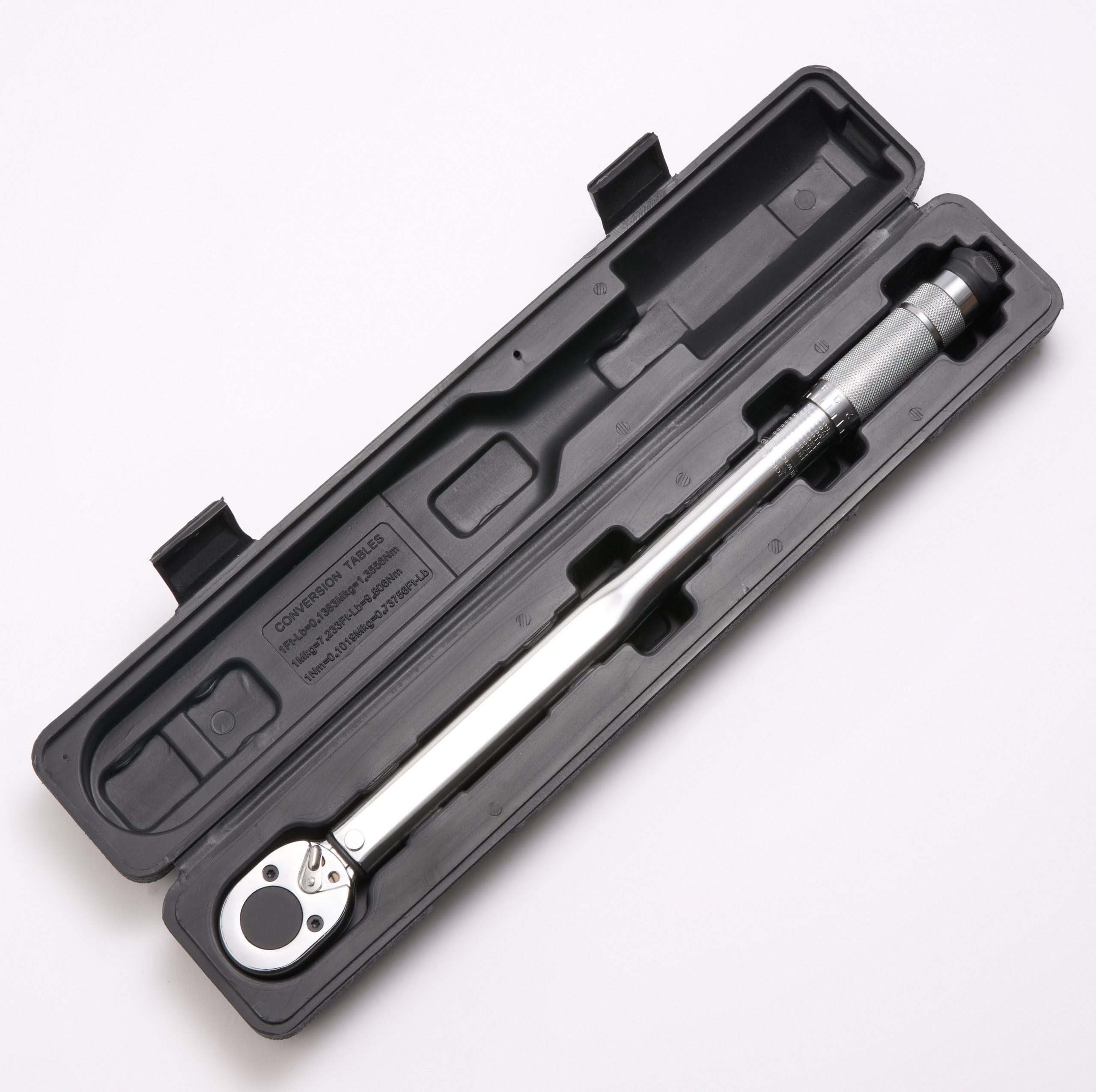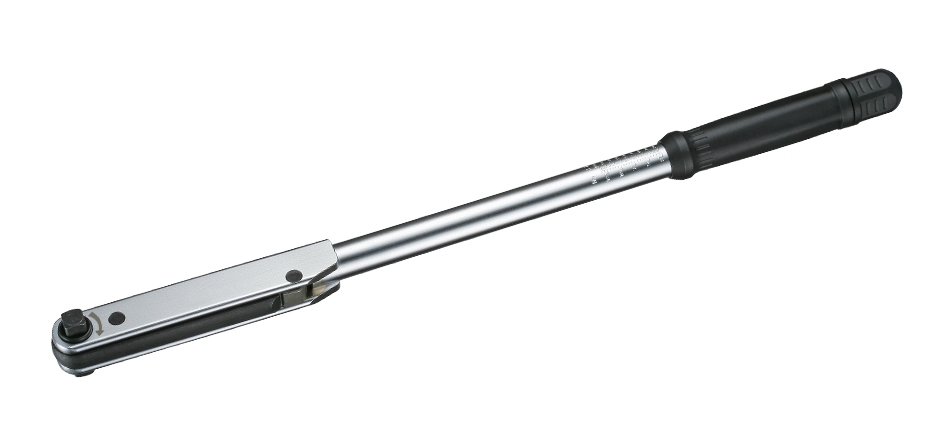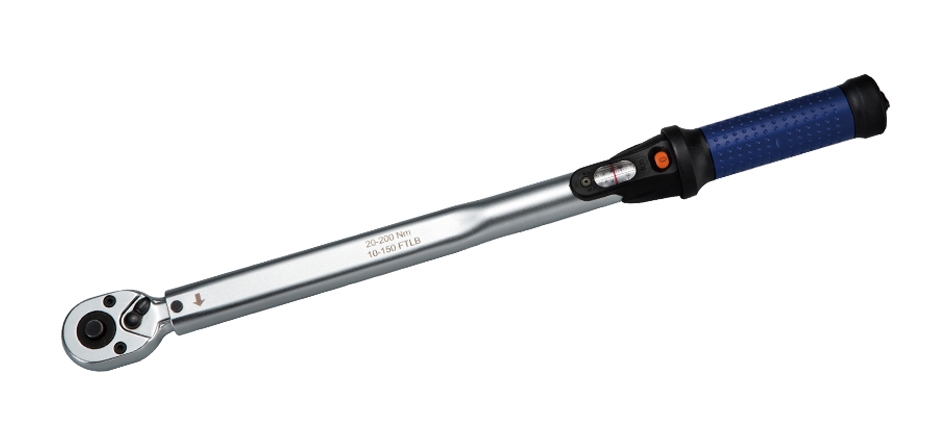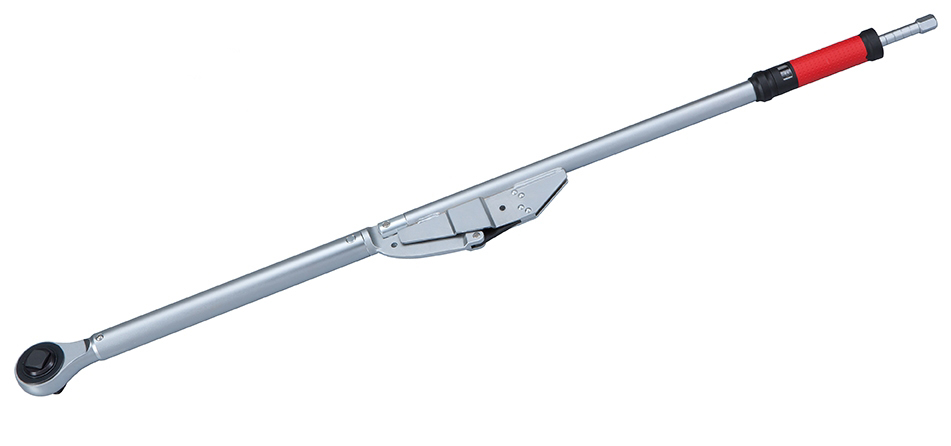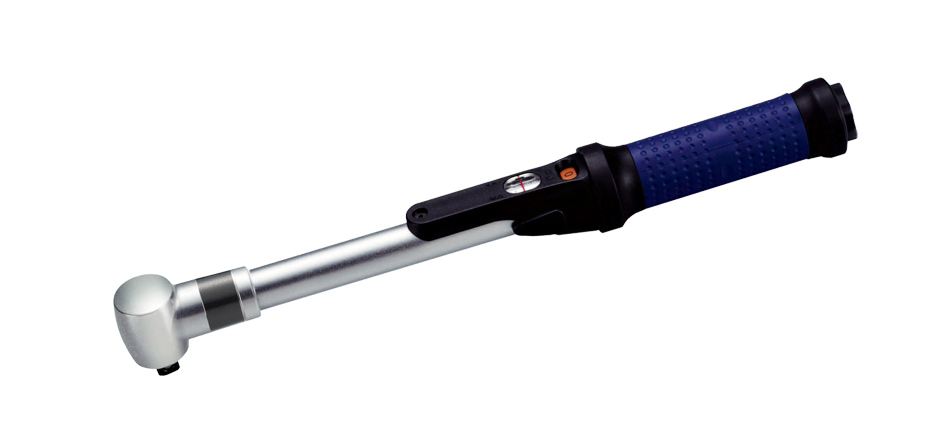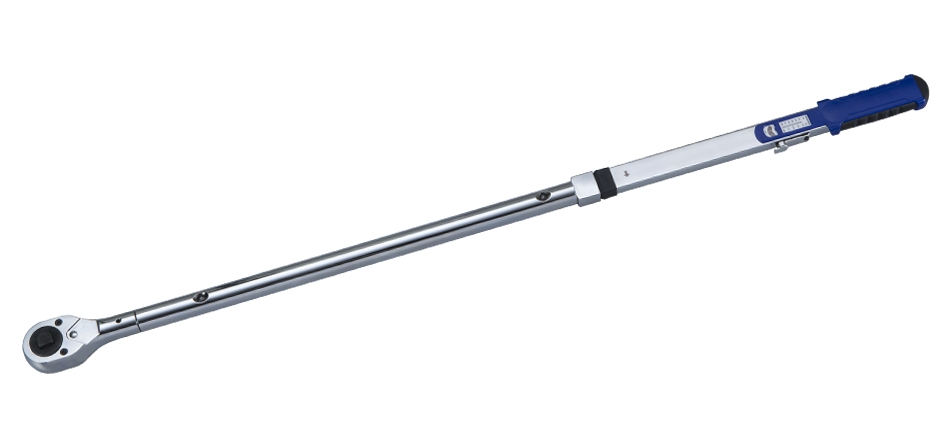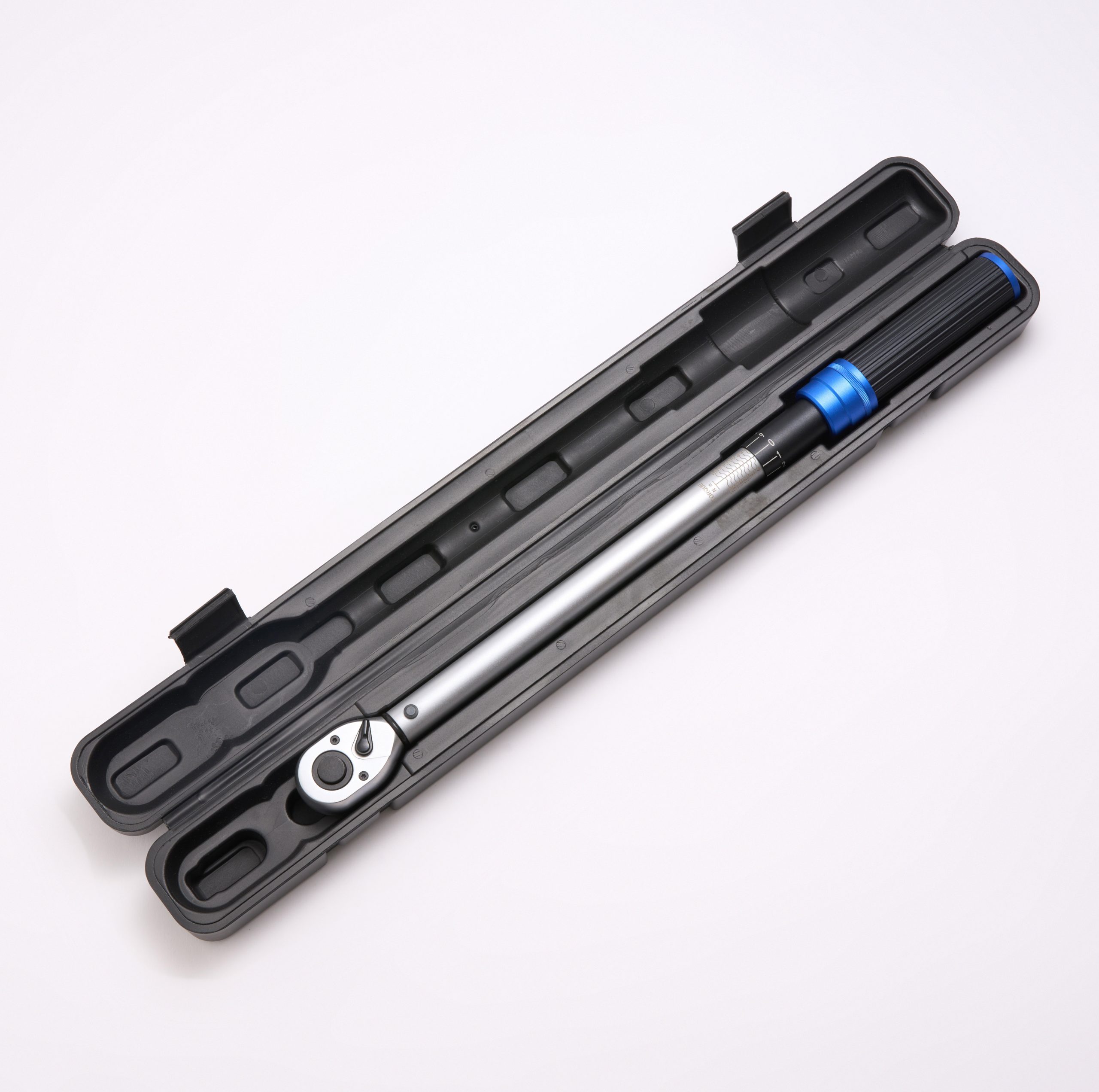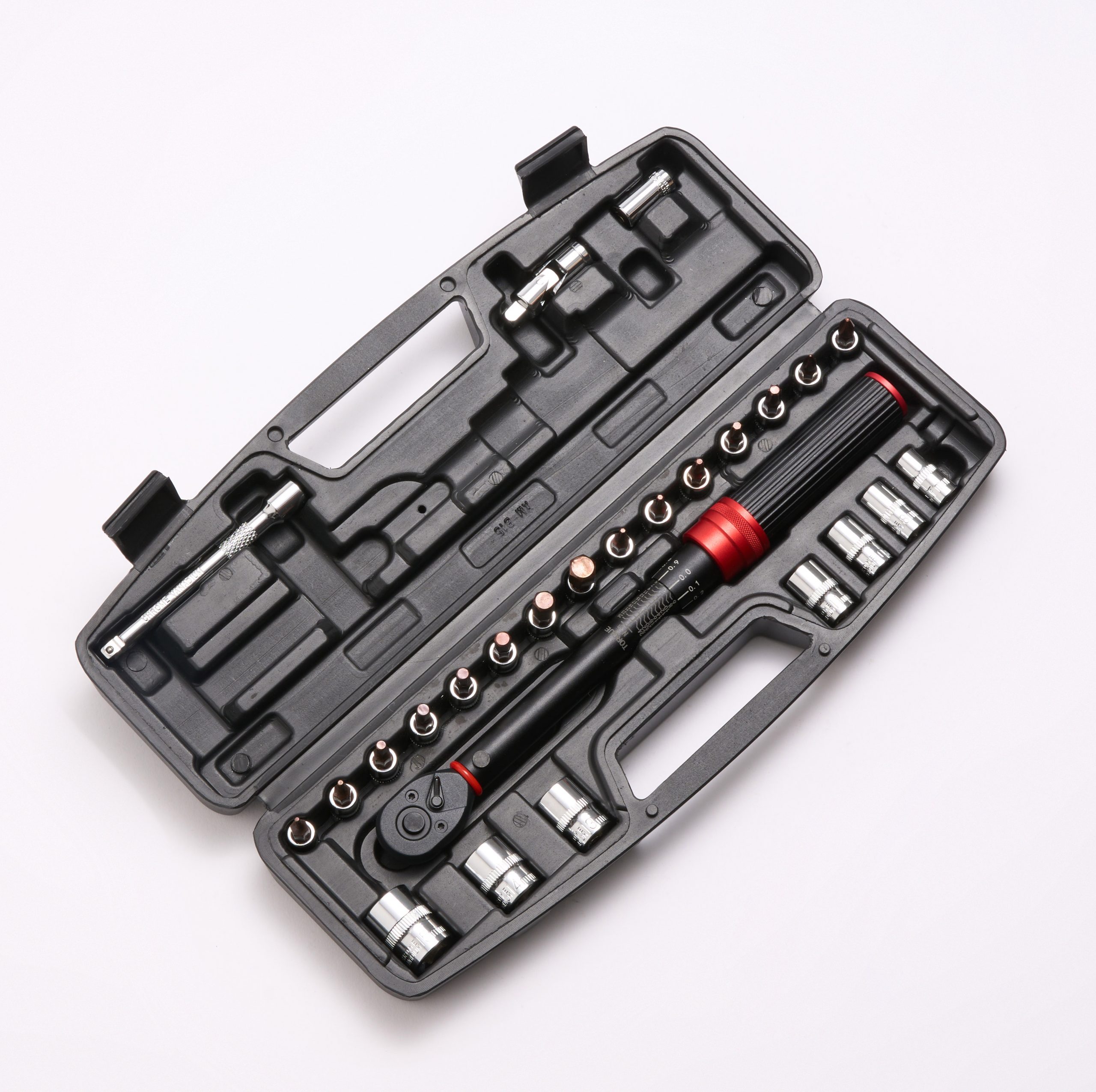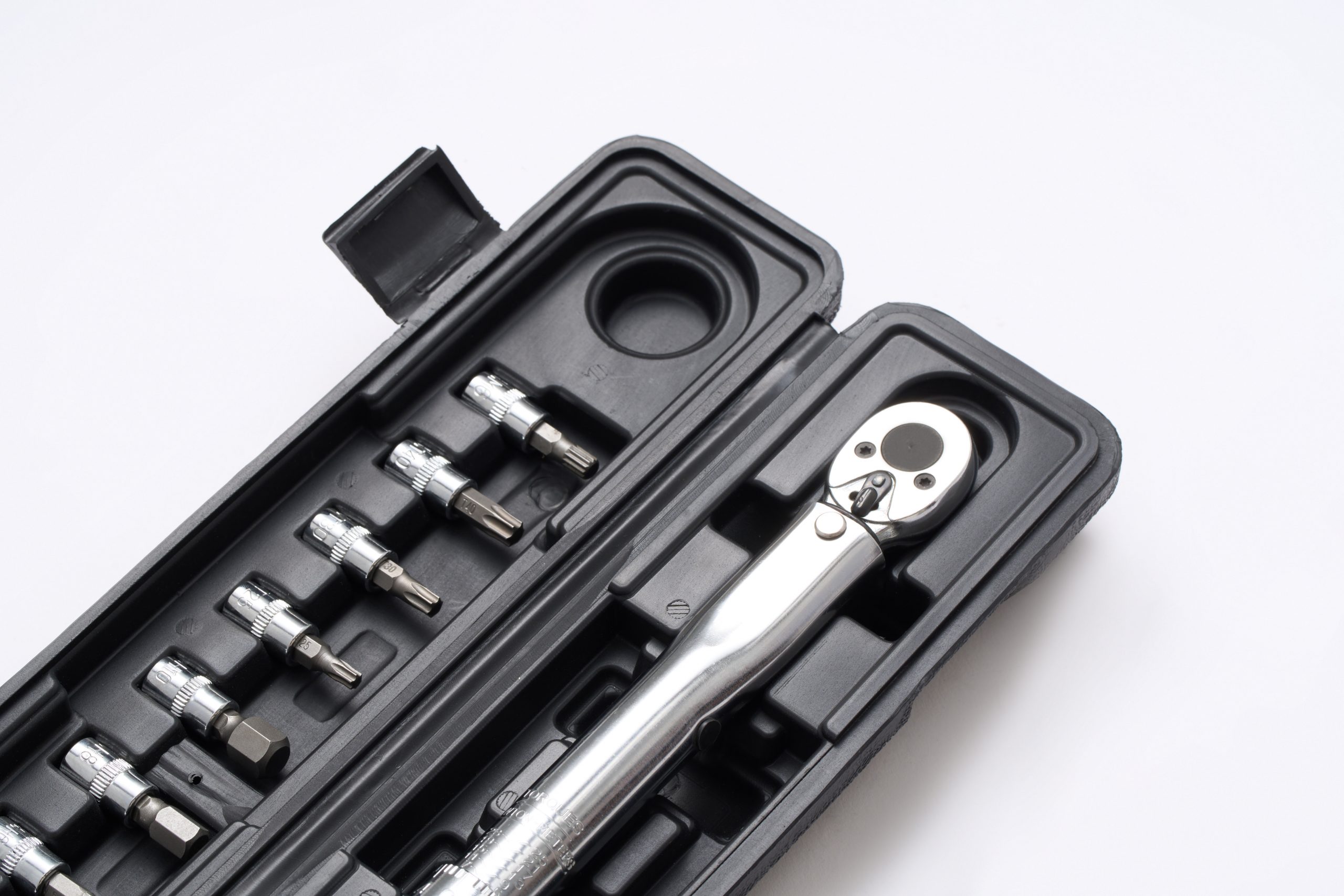A torque wrench has always been one of the most commonly used tools in the automotive repair industry. In addition to a set of sockets and wrenches, each workshop should have at least one or more commonly used torque wrenches. In short, a torque wrench is a tool that allows users to control the amount of force or torque used to tighten or loosen bolts. For professionals in industries such as aerospace, automotive, and industry, torque wrenches may be the most important equipment, as their task is to fix key components within specific tolerance ranges with almost no errors.
Sometimes, investing in a new torque wrench for the workshop seems like a simple option. However, comparing its features, brand, and the tasks you need the tool to accomplish can occasionally complicate the decision-making process. Before purchasing, many factors need to be considered, including price, quality, product functionality, ease of use, and durability. Buyers are generally guided by all these factors when choosing the most cost-effective product. Understanding your usage requirements, maintenance schedule, and recalibration needs can help you choose the appropriate torque wrench for your work.
We have reviewed some of the many kinds of torque wrenches that are on the market to help you make the best choice possible. This will aid you in the decision-making process.
Types of Torque Wrenches
- Aluminum Torque Wrench
Features
- Industrial application with durability.
- Lightweight yet robust; housing is made of aluminium alloy.
- Multi-lever mechanism brings length independence and accurate torque.
- Loud click sound and strong impulse when torque value reached.
- Tolerance of torque ±3%.
- Quality meets DIN ISO 6789 & ASME B107.300-2010.
An aluminum torque wrench is known for its lightweight and durable construction. It is an ideal choice for those who require a tool that is easy to handle and offers reliable performance. The aluminum construction makes it resistant to corrosion and ensures longevity. If you are looking for a torque wrench that is easy to carry around and can withstand heavy use, an aluminum torque wrench is worth considering.
- Classic Torque Wrench
Features
- Industrial application with durability.
- Tolerance of torque ±4%.
- Push through mechanism for easy repair.
- Loud click sound when required torque is reached.
- The lever mechanism brings length independent and accurate torque.
- Quality meets DIN ISO 6789 & ASME B107.300-2010.
The classic torque wrench is a timeless tool that has been a staple in the toolbox of mechanics for decades. It features a simple yet effective design, making it suitable for a wide range of applications. The classic torque wrench is known for its accuracy and ease of use, making it a popular choice among professionals and hobbyists alike. If you prefer a traditional approach to torque wrenches and value simplicity, the classic torque wrench is a reliable option.
- Window Scale Torque Wrench
Features
- Easily readable dual scale N-m/ lbf-ft below a window.
- Loud click sound and strong impulse when required torque is reached.
- Ergonomically shaped and convenient plastic handle grip.
- Locking button enables reliable locking of the torque setting.
- Tolerance of torque ±3%.
- Quality meets DIN ISO 6789 & ASME B107.300-2010.
A window scale torque wrench is designed with a visible window that displays the torque settings, allowing for easy readability and precise adjustments. This type of torque wrench is favored for its user-friendly interface, making it convenient to set the desired torque level. If you prioritize visibility and ease of use, a window scale torque wrench may be the right choice for your projects.
- Breakback Torque Wrench
Features
- Industrial application with durability. Ideal for heavy duty area.
- Push-through ratchet allows two direction tightening.
- Torque measurement in clockwise direction only.
- Unique linking plate and support plate design gives very clear”torque break point”, which reduces the possibility of over-torquing, even in arduous working conditions.
- Easily readable dual scale N-m and Ft-lb below a window.
- Ergonomically shaped and comfort plastic handle grip.
- Can be split and packed in two parts for a smaller, easier to transport package.
- Tolerance of torque ±4%.
- Quality meets DIN ISO 6789 & ASME B107.300-2010.
The breakback torque wrench is engineered with a unique mechanism that provides a tactile and audible indication when the set torque is reached. This feature offers a distinct advantage by alerting the user to stop applying force, preventing over-tightening. If you require a torque wrench that offers clear feedback during operation, a breakback torque wrench can help you achieve accurate results while minimizing the risk of damage to your workpieces.
- Slipping Torque Wrench
Features
- Unique continuous slipping mechanism eliminates the risk of over tightening.
- With 36T/48T ratchet-function for controlled clockwise direction.
- Adjustable tool in a wide torque range of applications.
- Easily readable dual scale N-m and lbf-ft below a window.
- Additional micrometer scale for setting interim value.
- Ergonomically shaped and convenient plastic handle grip.
- Locking button enable reliable locking of the torque setting.
- Tolerance of torque +-6%. (1-5NM, 2-10NM)
- Tolerance of torque +-4%. (5-25NM, 10-60NM, 25-100NM)
- Quality meets DIN ISO 6789 & ASME B107.300-2010.
A slipping torque wrench is designed to slip or disengage once the preset torque level is reached, preventing additional force from being applied. This type of torque wrench is particularly useful for delicate or sensitive applications where over-tightening can cause damage. If you work with fragile materials or components that require gentle handling, a slipping torque wrench can provide the necessary control and protection.
- Split Beam Torque Wrench
Features
- Torque of tolerance: unflexed +-4%; flexed +-4%~+-10%.
- Non coil-spring mechanism and no need to return to zero after use, which brings longer tool life.
- Knob-type torque adjustment is faster and more enegery-efficient.
- Toothed hinge cover contains the lock function, which can prevent setting from being changed accidentally.
- Torque setting can be easily read through the window scale.
- Conversion table to N.m displayed on the handle.
- TPR cushion handle provides comfort, easy control and oil-resistance.
- Torque measurement in a clockwise direction only with 15 degree flex. head; but 3/4″ with detachable fixed ratchet applied to both clockwise and counterclockwise directions.
- Loud click sound strong impulse when required torque is reached.
- Quality meets DIN ISO 6789 & ASME B107.300-2010.
The split beam torque wrench is a popular choice among professionals and DIYers alike. It features a unique design that allows for easy and accurate torque measurements. The split beam design eliminates the need for frequent calibration, making it a low-maintenance option. This type of torque wrench is ideal for general automotive and industrial applications.
- Click Torque Wrench
Features
- Industrial application with durability.
- The mechanism of flat metal tube and window scale-reading.
- Easy torque value setting with external scale and knob.
- Loud click sound and strong impulse when required torque is reached.
- Tolerance of torque ±3%.
- Quality meets DIN ISO 6789 & ASME B107.300-2010.
The click torque wrench is another common type of torque wrench. It is designed to emit an audible click when the preset torque level is reached, providing a clear indication to the user. This makes it a great choice for applications where precision is crucial, such as engine assembly and maintenance. Click torque wrenches are available in various sizes and torque ranges to suit different needs.
- Professional Torque Wrench
For those who require the highest level of accuracy and reliability, a professional torque wrench is the way to go. These wrenches are often used in professional automotive and aerospace industries, where precision is paramount. Professional torque wrenches are built to withstand heavy use and are often calibrated to meet strict industry standards.
- Traditional Torque Wrench
Features
- Professional application.
- Wide range of choice.
- Tolerance of torque ±4%.
The traditional torque wrench, also known as a beam-type torque wrench, is a simple and reliable option. It features a calibrated scale and pointer to indicate the applied torque. While it may lack some of the advanced features of other types of torque wrenches, the traditional torque wrench is a cost-effective and durable choice for a wide range of applications.
Now that we have explored the different types of torque wrenches, let’s discuss some essential factors to consider when choosing the right one for your specific needs:
- Torque Range:
Consider the range of torque values that you will need for your projects. Ensure that the torque wrench you choose can accommodate the minimum and maximum torque requirements of your applications. - Accuracy:
Look for a torque wrench that offers precise and consistent torque measurements. Accuracy is crucial, especially for tasks that demand tight tolerances and exact torque specifications. - Durability:
Choose a torque wrench that is built to withstand the demands of your work environment. Consider factors such as construction materials, build quality, and resistance to wear and tear. - Ease of Adjustment:
Select a torque wrench that allows for easy and reliable adjustments to the torque settings. A user-friendly interface and intuitive controls can enhance efficiency and productivity. - Ergonomics:
Pay attention to the ergonomic design of the torque wrench, as it can impact comfort and usability during prolonged use. A well-designed handle and grip can reduce fatigue and improve handling. - Application Specific Features:
Evaluate any additional features or functionalities that may be beneficial for your specific applications. Whether it’s a specific type of scale, a unique mechanism, or a specialized design, consider how these factors align with your project requirements.
Checklist for Selecting the Best Torque Wrenches
After learning the basics of torque wrench kinds and styles, the next step is to select the torque wrench or wrenches) that will work best for your application. Finding out what you need is a crucial first step. The following list serves as a great resource:
- Does a fastener need to be tightened to a single torque value or several?
- What torque values, lowest and maximum, will you be using with fasteners?
- Which drive size sockets (¼ “, ⅜”, ½”, ¾” or 1″) would you most likely use?
- Is a torque wrench required for both clockwise and counterclockwise operation?
- What precise level—expressed as accuracy +/-—do you need?
Knowing the torque ranges you will most likely be operating within is the most crucial factor to take into account when making your pick. operating within 40–80% of their operating scale is optimal for torque wrenches. As a result, avoid selecting a wrench that will be mostly utilized at either extreme of the spectrum. Although you might be tempted to do so to save money, the risks of erroneous torque output could exceed the savings.

